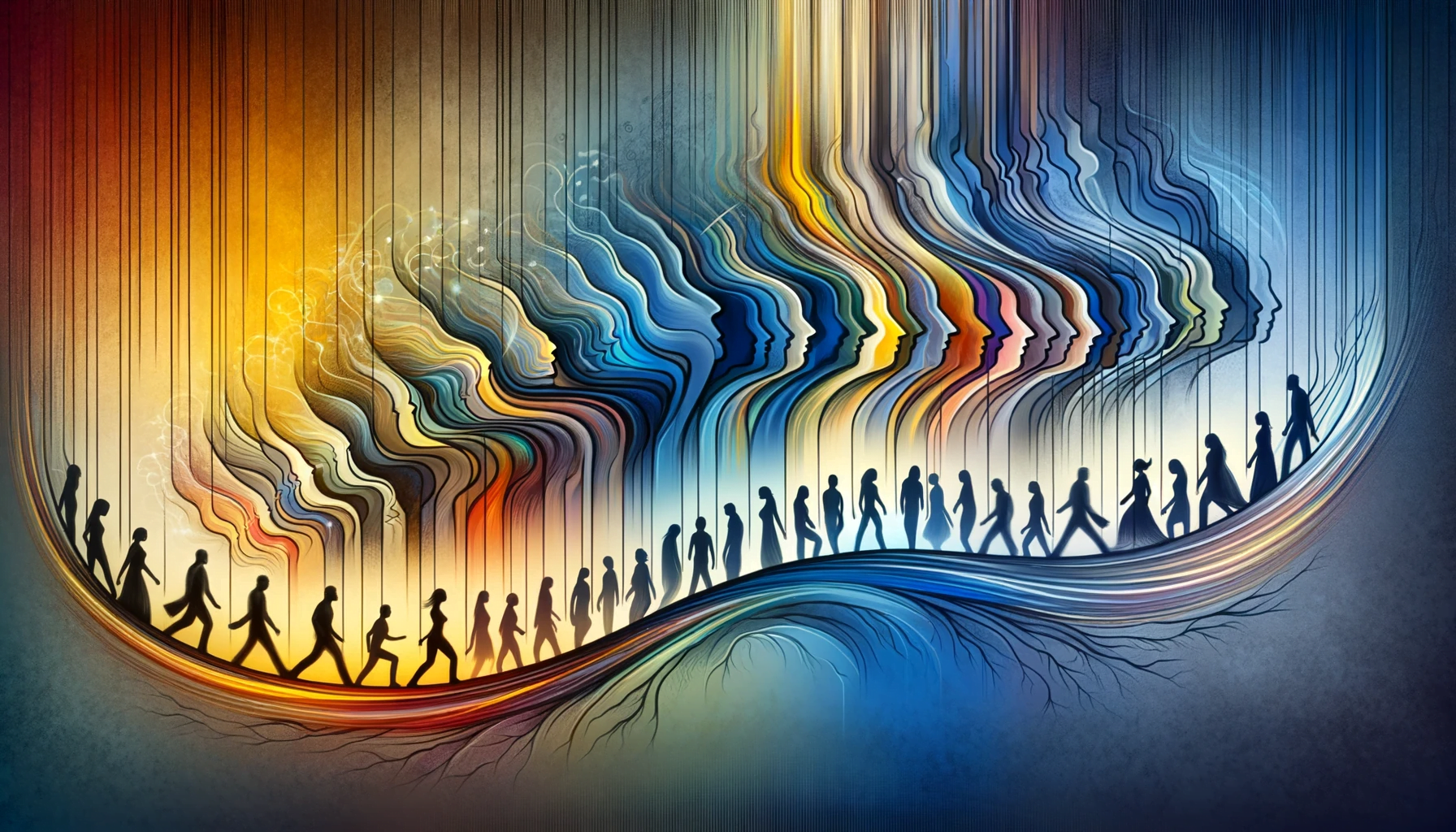Introduction: Navigating the landscape of treatment options for mental health conditions can be daunting. This article evaluates the effectiveness of various treatment strategies, including medications, psychotherapy, and lifestyle adjustments, providing a comprehensive look at how these approaches can contribute to mental wellness.
Understanding Treatment Strategies:
- Medications: Often used to manage symptoms of mental health disorders, medications can include antidepressants, mood stabilizers, antipsychotics, and anxiolytics.
- Psychotherapy: A broad term for talking therapies, including methods such as Cognitive Behavioral Therapy (CBT), Dialectical Behavior Therapy (DBT), and psychodynamic therapy.
- Lifestyle Adjustments: Changes in routine or behavior, such as diet, exercise, sleep, and stress management techniques, can significantly impact mental health.
Evaluating Medications:
- Effectiveness: Medications can be highly effective for many individuals, particularly when combined with psychotherapy.
- Considerations: Side effects, long-term use implications, and finding the right medication and dosage can be challenging and require close monitoring.
Assessing Psychotherapy:
- Effectiveness: Psychotherapy is effective for a wide range of mental health conditions, often providing long-term benefits.
- Individualization: The effectiveness can vary greatly depending on the individual, the therapist, and the type of therapy used.
Lifestyle Adjustments:
- Impact: Lifestyle factors can significantly affect mental health and can be powerful tools in managing symptoms and improving overall well-being.
- Challenges: Making and maintaining lifestyle changes can be difficult and often requires ongoing commitment and support.
Combining Treatment Strategies:
- Integrated Approach: Often, a combination of medication, psychotherapy, and lifestyle adjustments yields the best outcomes.
- Tailored Plans: Treatment plans should be individualized, taking into account the person’s unique circumstances, preferences, and needs.
Conclusion: Evaluating and choosing the right treatment strategy can be a nuanced process. Medications, psychotherapy, and lifestyle adjustments each have their merits and can be used in combination to enhance effectiveness. Ongoing research, along with a personalized approach to treatment planning, is key to successfully managing and overcoming mental health challenges.


